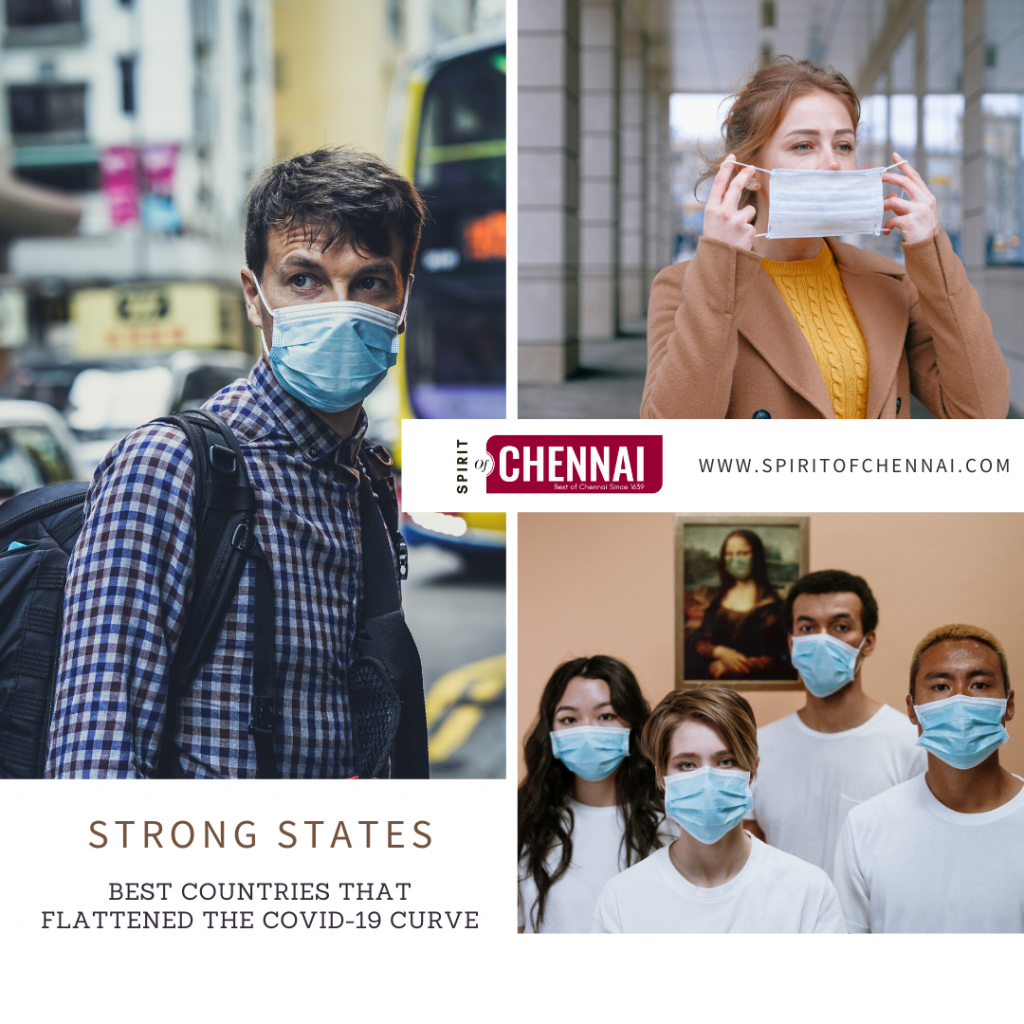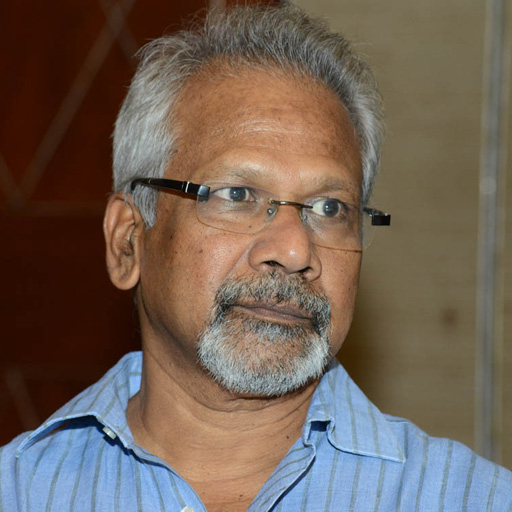Approximately 2.91% of the world population has been tested positive for COVID-19. Mostly they are citizens who have been formally tested by their State. However, some countries have been successful in flattening the curve while others are still managing through the crisis.
In this article, we summarize what was common about the best countries that successfully managed the Corona Virus.
We will see:
- An analysis of how Kerala gleaned its taskforce, public health centers, and community residents to control spread.
- A description of how the Ohio Governor preemptively passed state orders to protect his people.
- A review of Germany‘s mass testing and early treatment procedures.
- A note on Australia‘s Border shutdown and Inter-regional travel bans that isolated disease clusters.
- Finally a word on how Singapore contained the first wave diplomatically, through its citizen-friendly policies.

Corona Status as of April 21, 2020:
As of today, worldwide, 22, 73,382 (John Hopkins Reports) people have been confirmed of being infected by Corona Virus. 1, 56,064 people have lost their lives to this pandemic. One metric stands out when comparing the number of cases reported with the total number of lives lost and recoveries made. No, the metric is not about Corona Virus. It’s about the various States’ capability to manage Disasters.
Look at the following numbers:
- Kerala 370 Confirmed cases and 3 deaths (0.008%)
- Ohio 6,518 Confirmed Cases and 248 Deaths (.038%)
- Germany 141, 968 Confirmed Cases and 4,381 Deaths (.030%)
- Australia 6547 Confirmed Cases and 67 Deaths (.010%)
- Singapore 5,992 Confirmed Cases and 11 Deaths (.001%)
The death rate percentages are all less than 0.05%. This lower fatality index is evident to the fact that these are a few of the best geographies that are managing the COVID-19 crisis effectively.
A more profound case study into each of these Geographies that successfully managed the Corona Virus Pandemic will show the effectiveness of these ‘Strong States.’
A more profound case study into each of these Geographies that successfully managed the Corona Virus Pandemic will show the effectiveness of these ‘Strong States.’
Kerala the Corona Slayer
Kerala, for instance, had its first case suspected on January 30, 2020. A female student who had returned to her Thirusur home for a vacation from Wuhan University, China, was traced, tested, and kept under surveillance. On February 2nd and 3rd, another two male students from Wuhan, China, who were heading to their homes in Allapuzha and Kasaragod, respectively, were traced and tested.
On February 3, 2020, with only three confirmed cases, Kerala issued a ‘State Calamity Warning.’ At a time, the country at large was only becoming aware of the impacts of the pandemic and considering the viabilities of public policy interventions. January 2020, KK Shailaja, the State’s health minister, also nicked name as ‘Corona Slayer’, gave out orders for all the four international airports to have mandatory disease screening of its passengers.
By, Mid-march when India realized the cataclysmal possibilities of the plague, Kerala had already stepped up its surveillance, treatments, and disease control measures. The State not just followed up with its Inbound international travelers, but every resident who came in contact with them. Some travelers who skipped airport checks, like the family of three who returned to the town of Ranni from Italy, were traced in traditional detective-style by the task forces. The task force of Bureaucrats with their large teams of police officers, paramedics, and volunteers identified those with symptoms using a combination of CCTV footages (from the airport, streets, and retail stores), Mobile Phone Network connections, GPS Coordinate Monitoring, and the word-out-mouth inquiries with the local neighborhood communities.
While the task forces were aggressively executing the Contact tracing, disease surveillance, and proactive testing among communities, the public healthcare centers of the State were equally doing their best in handling the treatment aspect corona confirmed cases. T
he Nipah Virus disaster of 2018 had given these health centers the needed strength and operational responsiveness to health disasters. In 2018, during the Nipah outbreak, the World Health Organization (WHO) ascribed Kerala’s Responsiveness despite its technical shortfalls, a “Success Story.”
I believe this capacity to mitigate and promptly respond to the health crisis just showed up again during the COVID-19 scenario. It is noteworthy that Kerala’s strength as a strong state lies in its free-thinking, optimistically minded, and confident people. At every level within the regional communities of Kerala, there were community leaders, neighborhood volunteers, and families who worked alongside the government officials to contain the virus spread.
Ohio Makes Haste
In the west, the Ohio Governor, Mr. Mike DeWine made similar precautions in his State. In contrast with the other state governors, Mr. DeWine foresaw the catastrophe and decided to ramp up his disaster preparedness efforts even before a single case was reported. As early as March 5, 2020, the first-term governor called for a state-wide shutdown of all the sports events, seasons, schools, and other community gatherings. By March 17, 2020, he even invoked an emergency order to postpone the State’s presidential primary elections. Organizers and people from across the State called the 79-year-old governor’s response as ‘Over-Blown’ and ‘Out-of-Proportion.’ Today much to the State’s relief, the pandemic stats and fatality percentage of Ohio is a shred of full-blown proof that it is a ‘Strong State.’
Germany’s Corona Taxi
In Europe, Germany had a different bearing to show. Germany’s percentage of fatalities was much below than those of their neighbors. In Germany, it started as an ‘epidemic of skiers.’ Young Skiers who were back to their Deutschland from their Austrian and Italian skiing vacations brought the disease into the country borders.
However, the average age of those contracting the virus was 49. The average age of COVID-19 confirmed cases in the neighborhood countries like France and Italy was 62. This was a huge reason for the lower fatality rate of Germany. Although few older people were infected, the relatively lower age group citizens who contracted the disease were able to respond well to the health treatments. The sizeable young population eventually recovered from the disease.
Secondly, teams of Medical professionals who drove around the streets of Deutschland with their protective gear, mobile testing kits, and treatment packages contributed to the mass testing procedures of the country. Named as ‘Corona Taxis,’ the local medical professionals did an active job in extensively testing and treating those with early indications – from every citizen in every house of the neighborhood. Immediate hospitalization was recommended for those who show even mildest of symptoms.
Early hospitalizations ensured early treatments – the virus was annihilated before its progress spread into the lungs, thereby saving the lives of the country’s infected citizens. Efficient Governance, Mass Testing, thorough Treatment, and Healthcare Infrastructure, specifically the capacity of Ventilators and ICU beds, are a few of the many reasons for Germany to emerge as a ‘Strong State’ managing this health crisis.
Australia’s Complete Shutdown
Australia’s Corona Incidence rate was even better than the government’s official best-case scenario models. March 19, 2020, Australia shut down its international borders. The Aussies who were back home from abroad were made to be on mandatory 2-weeks quarantine at government-designated places. This helped in isolating possible vulnerabilities early on. Self-quarantine and isolation of international travelers, hugely helped Australia to contain the spread.
By early April 2020, the country imposed an internal state to state lockdown. West Australia (WA) announced one of its stringent border restrictions to its Eastern Counter-part. Non-WA residents were not allowed into the region, and harsher inter-state travel restrictions were being imposed. Citizens were forbidden to step out of their homes, and the only reason they could do so was for essential services.
The citizens had liberal accessibility to their doctors through Telehealth delivered as “Medicare Support At Home’ initiative. Telehealth for non-corona consultations took a huge burden off the hospitals and emergency departments – thereby making them exclusively available for Corona Emergencies and Critical admissions.
The lockdown of Australia and its neighbor New Zealand was unlike any other state in the world. The lockdown is known to be the harshest ever in the history of Australia. There was a complete shutdown of homes, cities, states, regions, and the country as a whole.
At every level, the citizens obeyed the guidelines of their government. Contact tracing, extensive testing, and public healthcare responsiveness helped Australia survive the crisis. But, 70% of the country’s success in emerging to be a ‘Strong State’ comes by its implementation and adherence to the stringent travel bans.
Singapore contains it Diplomatically
Singapore played the entire COVID-19 responsiveness drill cautiously – for in the administration’s view, any over-reaction or under-reaction may cause economic fallout. The country proactively and successfully contained the first wave.
A COVID task force was set-up on January 22, 2020, a day before even the first case got reported in Singapore. The task force was created preemptively as a prudent move. Singapore also increased testing and isolation right from the start. All international passengers on arriving at Changi Airport were tested from early January. Passengers who were even mildly symptomatic were made to stay in quarantine facilities within the airport premises.
From early April 2020, a more severe lockdown restricting the citizen movement, social gatherings, and non-essential businesses, was enforced. A fine up to US$7,000 and 6 months jail term, was penalized on those who flouted the order. Health Ministry implemented ‘Safe Distancing regulations.’ One of Singapore’s remarkable ways of containing the spread was through its novel concept of ‘Breaking the Circuit’ plan.
Prime Minister Lee Hsien Loong’s office did not freeze citizen movement for essential services, mainly food, wholesale markets, wet market, supermarket, and even transit networks, taxis, and private-hire cars that made essentials accessible. But, if a particular spot becomes crowded or showed any signs of flouting social distance, the location was closed. Be is Transit Stations, Retail Shops, Wet Markets, or Parks. A detailed ‘Circuit Breaker’ Do’s, and Don’t’s information document was made available from the prime minister’s office to its citizens.
What was Common about them?
There is one thing common to all these countries that have managed the Corona Pandemic well. That is – Early Mitigation.
None of these ‘Strong State’ waited to contemplate the viabilities of the public emergency orders. These states and countries implemented their disease responsiveness measures, even while their positive cases were only singular.
Not just with Health Disasters, but with every other disaster that paralyzes a region, the identity of the administration to be a ‘Strong State’ or ‘Weak’ one depends squarely on their ability to mitigate, respond and manage to disasters, risks or crisis. These states have managed the COVID-19 pandemic competently – the flattened Curve is the evidence to it.


